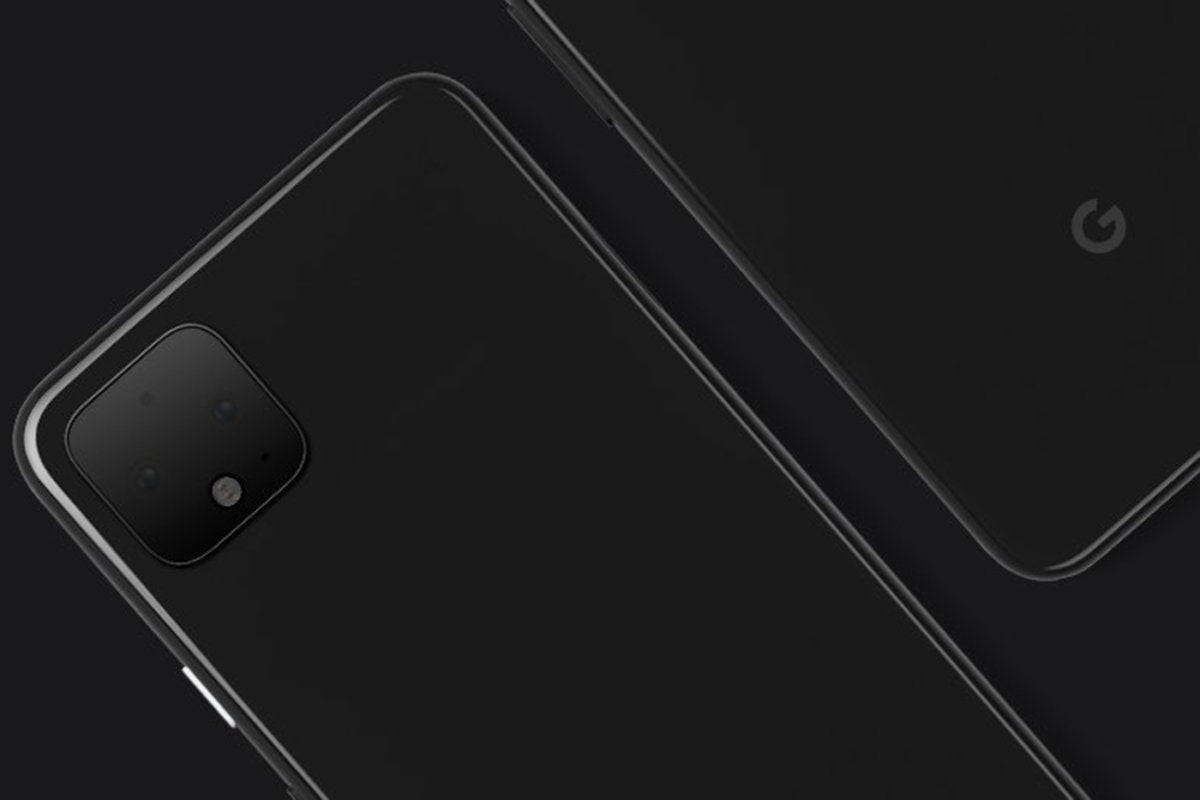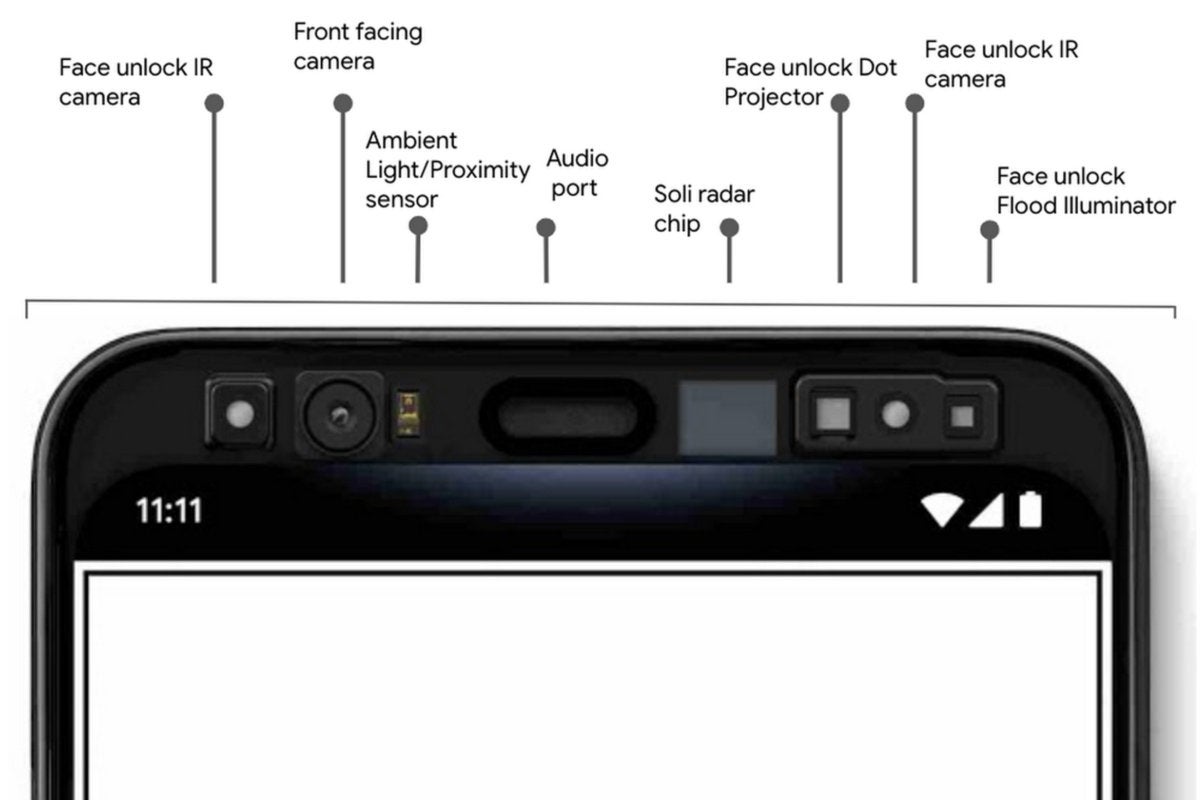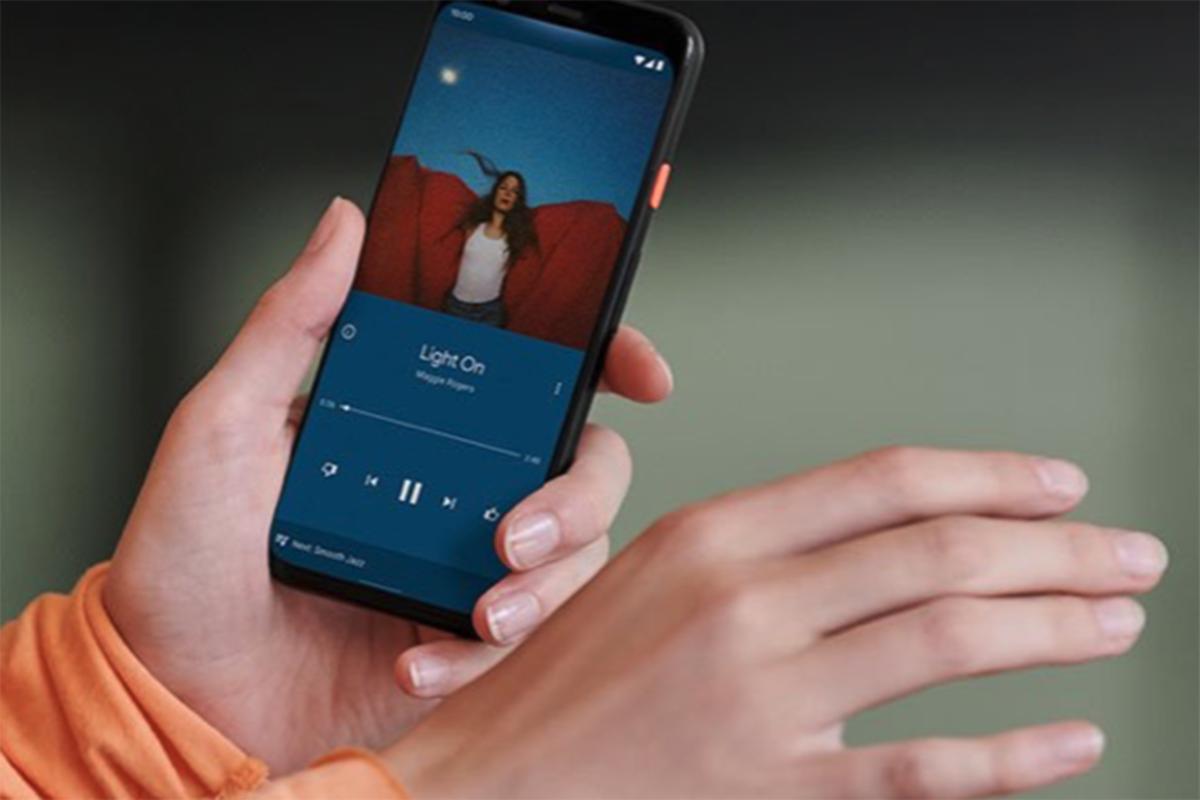advertisement
Google Pixel 4 and 4 XL preview: More than meets the eye
It’s October, and you know what that means: pumpkins, parties, and Pixels. In just about 24 hours, Google will show…
It’s October, and you know what that means: pumpkins, parties, and Pixels. In just about 24 hours, Google will show us its latest creation at an event in New York City, and from the looks of it, it’s going to be a trademark Pixel phone: loaded with A.I. tech and packing a powerful camera.
And we know this even before we get into the rumors. In uncharacteristic fashion, some of the biggest leaks about the next Pixel have come from Google itself. But rest assured, there’s a whole lot more Google hasn’t told us about it’s next handset. So here’s everything we’ve heard about the Pixel 4, officially and otherwise:
Design
No one has ever confused a Pixel for a Galaxy phone or iPhone, and the Pixel 4 isn’t going to change that. Like the Pixels that came before, the Pixel 4 is going to have a lot of bezel around the screen. Google has already given us a glimpse of the top bezel, and it looks to be as big as the Pixel 3’s, which is to say it’s reeeeally big in comparison to the sliver atop the Galaxy Note 10+.
advertisement
Leaked marketing pics from Twitter leakster Evan Blass have shown us the bottom too, and while it’s not quite as thick as the top, it’s still plenty sizable. But here’s a bit of good news: the Pixel 4 XL doesn’t appear to have a notch anywhere in sight.
 EVAN BLASS
EVAN BLASS
According to 9to5Google, the bezels will reportedly surround a pair of screens sized similarly to the Pixel 3’s: a 5.7-inch Pixel 4 and 6.3-inch Pixel 4 XL. Pixel-wise (no pun inside), you can expect similar OLED panels (so no Quad HD screen for the small one) and rounded corners. It’s also rumored to have a 90Hz screen like the OnePlus 7T, so gestures should be way faster than they are on the Pixel 3.
advertisement
Around the back, the Pixel 4 will be gaining a new camera bump that’s extremely similar to the one Apple introduced on the iPhone 11. The top left corner will sport a square camera array that’s significantly bigger than the previous Pixel’s single lens. And that could be the only unique characteristic—according to pictures, the classic two-tone Pixel aesthetic is going away in favor of a solid sheet of glass.
The Pixel 4 might not lose all of its character, however. The handset will be reportedly getting some new brighter colors. Google has already shown off the Pixel 4 in black and orange, but leaks have shown blue, white, yellow, and green varieties as well.
Specs
Google has never wowed us with specs like Samsung, so if you’re waiting for a Pixel 4 with 12GB of RAM and a terabyte of storage, you’re going to be disappointed. As usual, the Pixel 4 specs are rumored to be just good enough, according to the spec sheet obtained by 9to5Mac:
advertisement
- Processor: Snapdragon 855
- Co-processors: Titan M Security, Pixel Neural Core
- RAM: 6GB
- Storage: 64GB/128GB
- Battery: 2,800mAh (Pixel 4)/3,700mAh (Pixel 4 XL)
- Audio: Stereo speakers
A couple of things stand out here. For one, there’s a new chip called the Pixel Neural Core that will likely handle the Visual Core’s precious computational photography duties, as well as AI tasks. There’s also no headphone jack, but that’s hardly a surprise.
What is surprising, however, is the battery capacity. The Pixel phones have never blown us away with battery life, and the Pixel 4 likely won’t either. Assuming these numbers are accurate, the Pixel 4 XL only has 270mAh more capacity than its predecessor, and the Pixel 4’s battery is actually smaller by 115mAh. We’ll have to see what wizardry Google is cooking up in Android to optimize battery life, but on paper, these cells look woefully small.
Otherwise, the Pixel 4 should be a good, if not great phone. It doesn’t use the the newer Snapdragon 855+ like the OnePlus 7T, but the 855 should be plenty fast. Thankfully, it has 50 percent more RAM than the Pixel 3, but it still lags behind the Galaxy S10+, Galaxy Note 10+, and other high-end premium phones. And the 64GB of based storage (with no expandable memory slot) is starting to feel a little cramped.
Finally, a last-minute rumor out of the Nikkei Asian Review suggests that Google may launch a 5G version of the Pixel 4 at next week’s event. The report says that Google has begun “test production” on a handset with the the next-gen modem, but the publication cautions that “Google may eventually decide to unveil its new 5G model in spring next year … alongside the release of a budget Pixel phone,” which would presumably be the Pixel 4a. Since we haven’t heard any rumors about a 5G Verizon version of the Pixel 4, it seems unlikely that it will arrive this year.
Camera
Now for the section you’ve all been waiting for: the camera. Pixel phones have always lived and died on the strength of their cameras, and the Pixel 4 will bring all sorts of new features to keep Google at the top of the heap.
 MADE BY GOOGLE
MADE BY GOOGLE
First let’s talk about what the Pixel 4 won’t have: a dual selfie cam. Google made a big deal out of it Group Selfies on the Pixel 3, utilizing the ultra-wide angle camera to fit more of the scene in the shot, but based on Google’s own description of the sensors inside the top bezel, there will only be one front-facing camera this time around. We assume it’ll be an ultra-wide lens, but the lack of two cameras is a notable downgrade.
The Pixel 4’s main camera should more than make up for it, however. For the first time, a Pixel phone will have a second lens on the back, a true finally moment for Google’s phone. According to the leaked specs, the two lenses with be the standard 12MP dual-pixel sensor paired with a new 16MP telephoto camera. As usual, both phones will get the same setup.
And Google will be making the most of its second camera. 9to5Google got its hands on some photo samples, and they’re pretty mind-blowing. Granted, these represent the best possible shots you’ll be able to take with the Pixel 4, but from portraits to low-light, it looks to be a major upgrade over the Pixel 3, which is already great. Night mode looks to be particularly improved, as evidenced by the “astrophotography” photos of the sky filled with stars. Google is also reportedly putting emphasis on action shots with a new “Motion Mode” that is able to better able to focus on moving images.
But the biggest benefit of the second lens might be seen in a much more common use: portraits. The Pixel has always amazed us with its ability to take crisp portraits with a single lens and some post-processing wizardry, but with a second telephoto lens to work with, the Pixel 4 will able to take portraits that are practically pristine.
Project Soli and Motion Sense
We’ve been hearing rumors about Google’s motion-sensing Project Soli tech for a while now, but it will finally get its debut in the Pixel 4. In a blog post back in July, Google already detailed a new features called Motion Sense, which will “allow you to skip songs, snooze alarms, and silence phone calls, just by waving your hand.”
 GOOGLE
GOOGLE
This isn’t the first time we’ve seen “touchless” gestures in a smartphone—earlier this year the LG G8 used a front-facing time-of-flight sensor to power its Air Motion feature—but we were hoping it would be more than a party trick here. Sadly, another 9to5Google report shows off some of Motion Sense in action, and well, we’re skeptical of its usefulness.
In a series of videos, Google shows several possible scenarios where Motion Sense could come in handy, and they’re not exactly mind-blowing. In one, a woman silences a call by swiping above the screen. In another, a man skips to the next song using the same gesture. It’s the kind of feature that might be cool to show off (assuming it works as well as it does in the video), but will need to be mature and evolve before it becomes truly useful.
Google understands this and has already prepared us for a relatively simple Soli capabilities at launch. However, it promises that “just as Pixels get better over time, Motion Sense will evolve as well.” So, we’ll have to wait and see if Motion Sense is worth having.
 EVAN BLASS
EVAN BLASSAside from the hand-waving tricks, the Project Soli sensors will also enable 3D facial unlocking and password protection, a biometric that’s sorely lacking from Android phones. According to Google’s description, it sounds even more advanced that Face ID, but we’ll need to put it to the test: “As you reach for Pixel 4, Soli proactively turns on the face unlock sensors, recognizing that you may want to unlock your phone. If the face unlock sensors and algorithms recognize you, the phone will open as you pick it up, all in one motion. Better yet, face unlock works in almost any orientation—even if you’re holding it upside down—and you can use it for secure payments and app authentication too.”
AI and Google Assistant
The latest Google phone is always a showcase for the latest Google AI advancements, so it’s no surprise that the Pixel 4 will be the launchpad for the second generation of Google Assistant. We first saw the demo of a speedy Assistant capable of handling back-to-back commands at Google I/O in May, with Google promising that it would launch with the next Pixel.
Along with the speedier responses, Google is also tweaking the interface, according to 9to5Google. It’s subtle, but you’ll see a colored bar across the bottom of the screen when you summon Assistant on the Pixel 4, with a more compact response window. We assume this new interface will make its way to other phones when the new Assistant arrives in a future version of Android.
It’s also rumored that Google will be finally adding raise to talk as a new way to activate Google Assistant in the new Pixel. In addition to “Hey Google,” Active Edge (the side-squeezing feature that has been staple on all Pixel phones), and swiping up from either bottom corner, Google will reportedly let users simply raise their Pixels to their mouths to activate Google Assistant. It’s not exactly revolutionary—Apple fans will recognize the feature from the Apple Watch and earlier versions of iOS—but it’ll be nice to have another way to summon Google Assistant.
In addition to the new Assistant features and Android optimizations that are sure to come along, it looks like Google will also be bringing over the Ambient EQ feature from the Nest Home Hub. As spotted in the 9to5Google spec leak, Ambient EQ is similar to Apple’s True Tone tech, which automatically adjusts the display’s white balance according to the light in the room. It’s a great feature on iPhones and smart displays, and we can’t wait to see it on our phones.